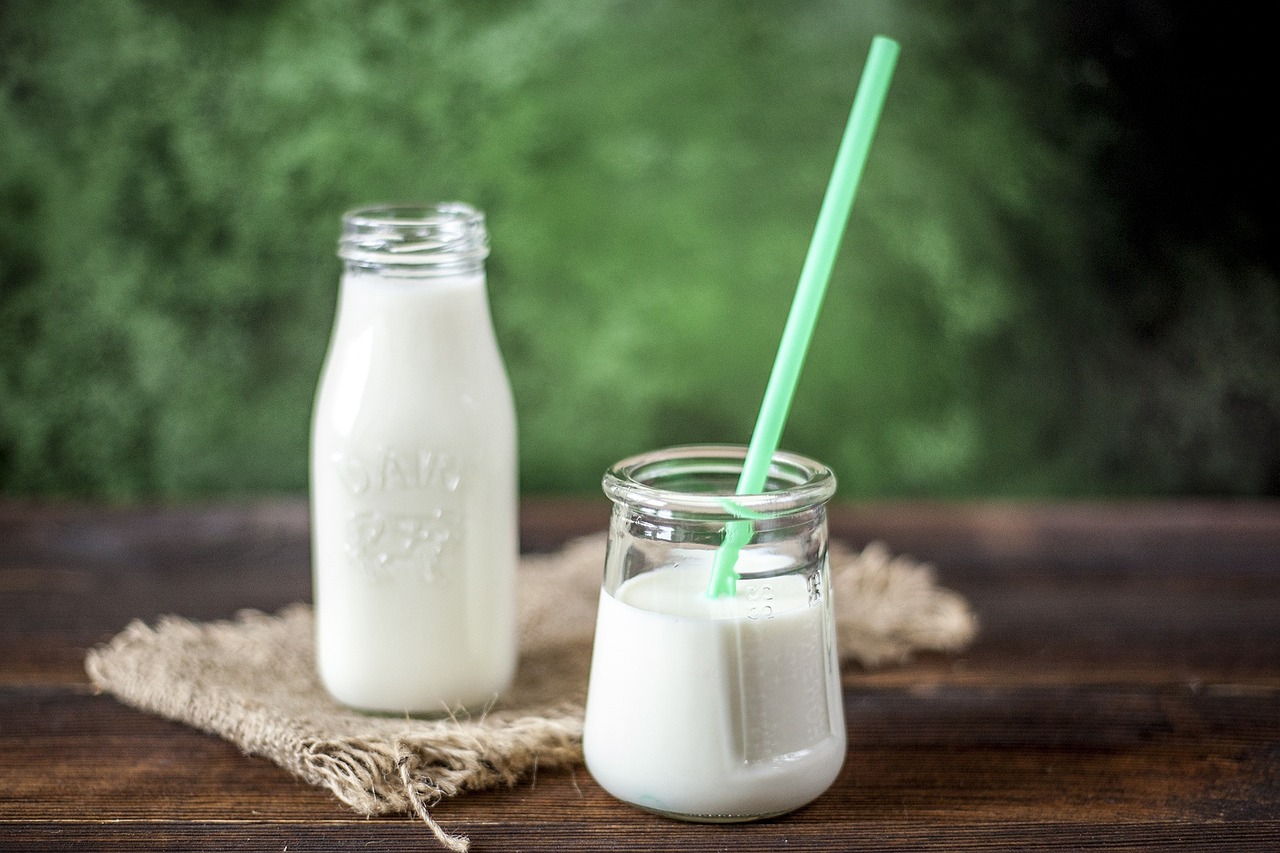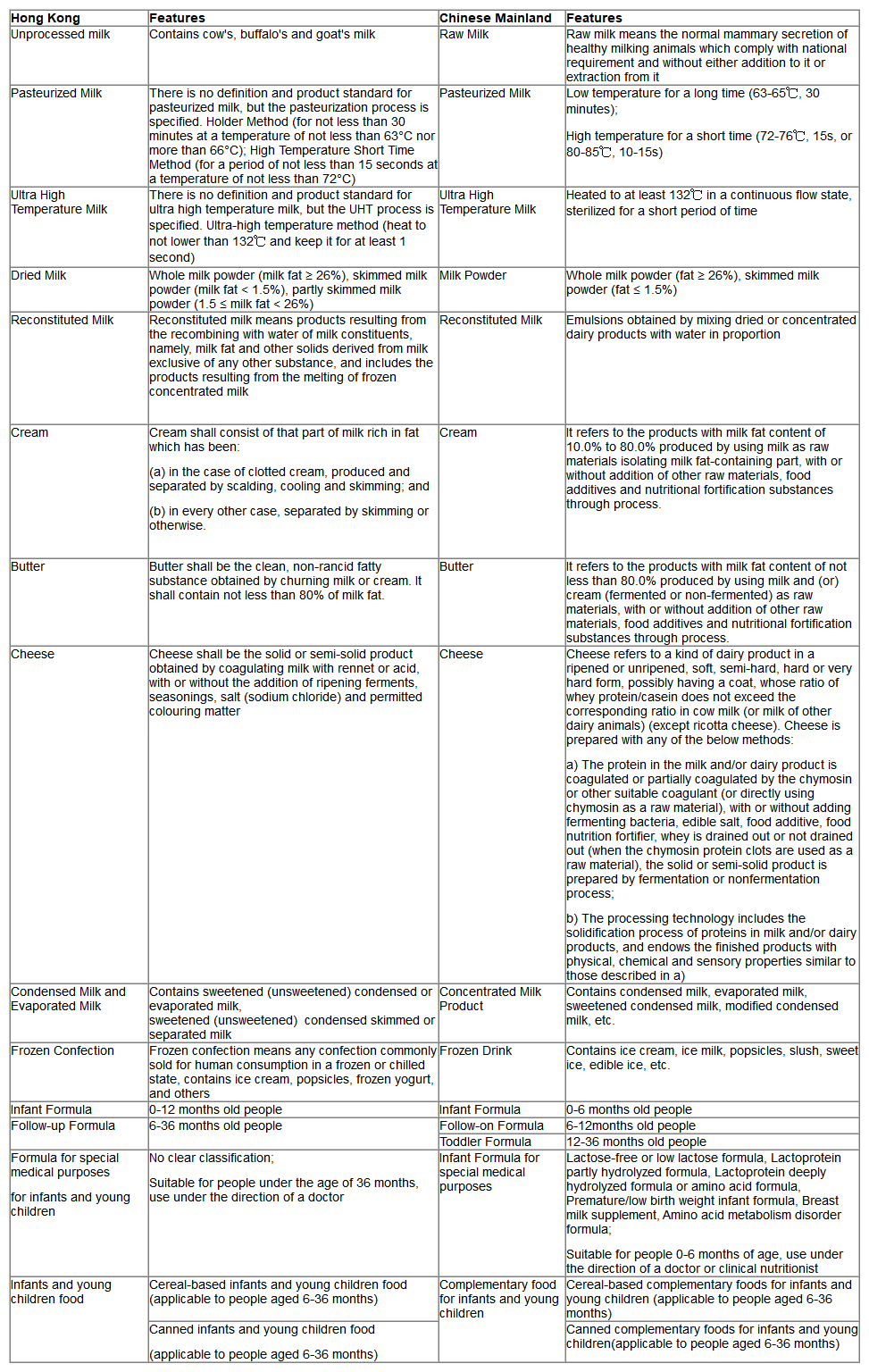

![[230620]4027d33f7fbe830b203d28749724bf8e.jpeg.jpeg [230620]4027d33f7fbe830b203d28749724bf8e.jpeg.jpeg](https://global.foodmate.net/file/upload/image/20230620/[230620]4027d33f7fbe830b203d28749724bf8e.jpeg.jpeg)
During the export process, food enterprises often encounter the problem that the food classification and food terminology of the exporting country/region are inconsistent with the export destination. Knowing the food classification system and food terminology of different countries and regions can help food export enterprises quickly grasp the food category of the product in the export destination, and then find the relevant food standards and requirements. Hong Kong is dominated by imported food, with 90% of imported food coming from the chinese mainland. In this issue, Foodmate mainly introduces the food classification system in chinese mainland and Hong Kong, and compares some products in Hong Kong with those in the mainland for reference by food export enterprises.
I Food Classification System in Hong Kong
In Hong Kong, the regulations or guidance documents related to food classification are "Preservatives in Food Regulation", "Preservatives and Antioxidants User Guidelines" and "Guidelines on Food Classification for the Pesticide Residues in Food Regulation". Among them, the "Preservatives in Food Regulation" lists food which may contain food additive and the description and proportion of food additive in each case and divides foods into 15 categories. The "Preservatives and Antioxidants User Guidelines" does not fully cover all food categories in the "Preservatives in Food Regulation", but only covers some food categories that require more detailed explanation. The "Guidelines on Food Classification for the Pesticide Residues in Food Regulation" is mainly for the classification of primary foods of plant origin and processed foods, whose Schedule 1 facilitates the inquiry of the residue limits of the corresponding pesticides in specific foods, specifying the grouping and subgroup categories of five major categories of products: fruits, vegetables, grasses, nuts and seeds, and herbs and spices.
II Food Classification System in Chinese Mainland
The food classification system in chinese mainland has different classification logics according to the needs of different departments to formulate standards/regulations. The main classification systems include the Food Production License Classification Catalogue, the Food Safety National Standard Classification, including the "National Food Safety Standards for the Use of Food Additives" (GB 2760-2014), "National Food Safety Standard Limits of Mycotoxins in Food" (GB 2761-2017), "National Food Safety Standard Limits of Contaminants in Food" (GB 2762-2022), "National Food Safety Standard Limits of Pesticides in Food Residue Limits" (GB 2763-2021) and "National Food Safety Standards for Pathogenic Bacteria Limits in Prepackaged Foods" (GB 29921-2021), as well as the food safety supervision sampling classification system, etc.

III Comparison of Food Categories in Hong Kong and Chinese Mainland
Foodmate compares some product classifications and terminology in Hong Kong with those in the Mainland as follows:

Summary
The food classification system and terminology in chinese mainland are different from those in Hong Kong, especially some terms of dairy products in Hong Kong are quite different from those in the mainland. Foodmate reminds enterprises that when producing food, they need to correspond to the product classification system and specific product standards of the exporting countries and regions according to the production purpose, to ensure that the product indicators are in compliance, and to avoid being refused entry due to unqualified product indicators. Foodmate has a special research team of Hong Kong, Macao and Taiwan standards and regulations, to provide food regulations consulting services in Hong Kong, Macao and Taiwan. If enterprises encounter any problems during the export process, please contact us for consultation.
Need help or have a question?
Send mail